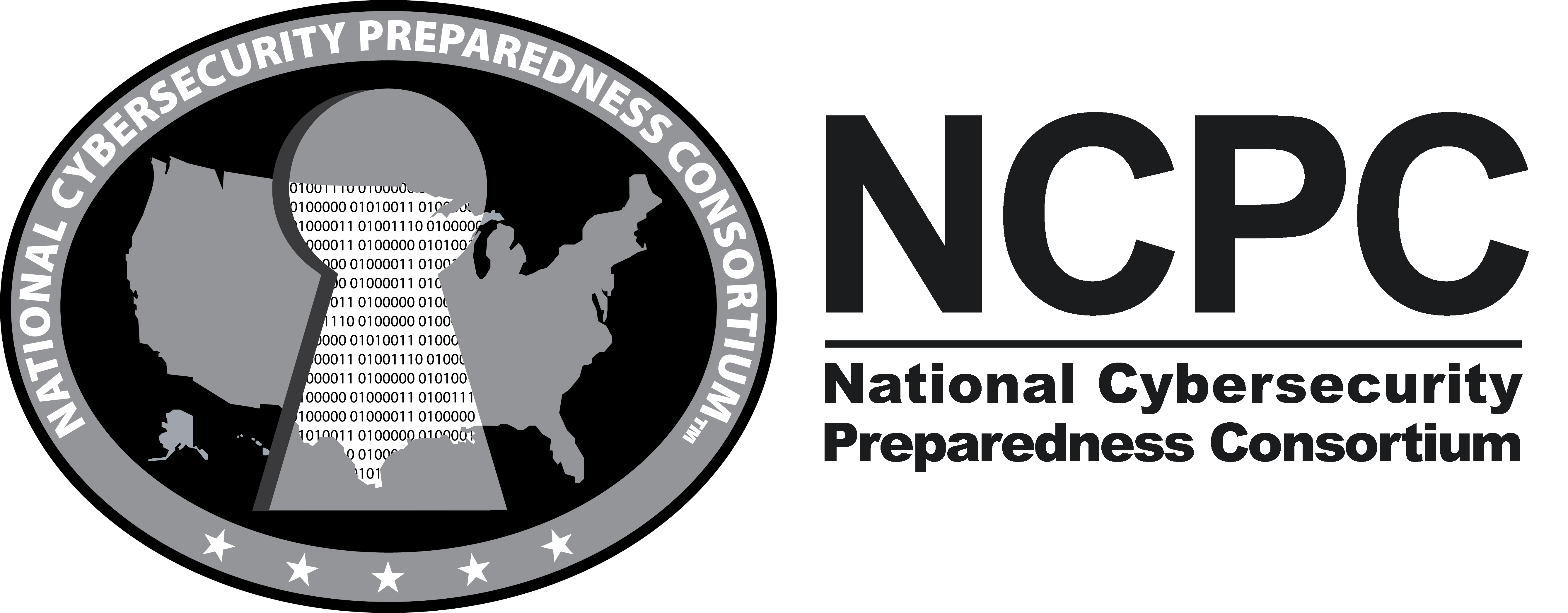Understanding Social Engineering Attacks
AWR367 – 8.00 Hours
Schedule
| EC AWR367 60 | Register |
This schedule is subject to change without notice. If you have not received confirmation of the class prior to the class start, please contact the division at or [email protected] to get the latest schedule.
Course Description


This course is offered by the National Cybersecurity Preparedness Consortium (NCPC) and was developed by the NCPC partner the University of Memphis, Center for Information Assurance (CfIA). The course is funded through the DHS/FEMA Homeland Security National Training Program and is offered at no cost.
This online course covers topics on social engineering attack techniques and tools, while also equipping learners with a better understanding of how attackers use people as the weakest link to compromise targeted organizations. Participants will learn about social engineering and become familiar with phishing attacks, develop security awareness and take preventive measures.
Prerequisites
There are no prerequisites for this course.
Enrollment Requirements
Participants must be U.S. citizens. A FEMA Student ID is required to register for and participate in any training provided by FEMA agencies. All FEMA training providers, registration systems, and enrollment procedures are required to use this FEMA SID, which can be obtained at the following website: https://cdp.dhs.gov/femasid<!– Font Awesome fontawesome.com –>
Course Completion Requirements
Participants must complete all course content and score a 70% or better on the Post-Test to receive a course certificate of completion.
Attendance Requirements
To meet attendance requirements, participants must review each training module and complete all required course assignments, activities, quizzes, and/or end of course exam.
Recommended
To ensure participant success in this course, participants should possess:
- Basic Microsoft Windows skills.
- Basic level of cybersecurity knowledge.
Upon successful completion, you will be able to:
- Provide basic knowledge of social engineering attacks and how these attacks can affect organizations or individuals
- Describe reasons why social engineering attacks are effective, and to identify categories of social engineers
- Describe types of social engineering attack techniques and how these various attacks impact individuals and organizations so they can develop strategies to thwart these attacks
- Identify the different types of social engineering tools and the different phases in which they would be used to exploit human trust and online behavior
- Describe preventative measures and strategies for the mitigation of social engineering attacks
Suggested Audience
This course is for Government and Business IT Professionals whose responsibilities include the regular use of computing devices to connect to and perform official duties, such as responding to incidents and events that occur in cyber or in the physical critical infrastructure within the local government, federal, and private industry. These include, but are not limited to people in the following industries:
- Emergency Management Agency
- Finance & Administration
- Health Care and Emergency Medical Services
- Fire Service
- Public health
- Public Safety Communications
- Human Resources
- Information Technology (IT)
- Risk Management
- Law Enforcement
- Legal
Continuing Education And Professional Credits
- International Association of Emergency Managers (IAEM)
Other Information
After registering for this online course, you will receive an email with instructions for getting started. If you do not receive a confirmation within one hour, please contact us.
Government Programs
- For DHS/FEMA Funded Courses, please contact [email protected] or call (800) 541-7149
Contact Information
Business & Cyber Solutions
Phone: (979) 431-4837
Email: [email protected]
